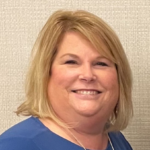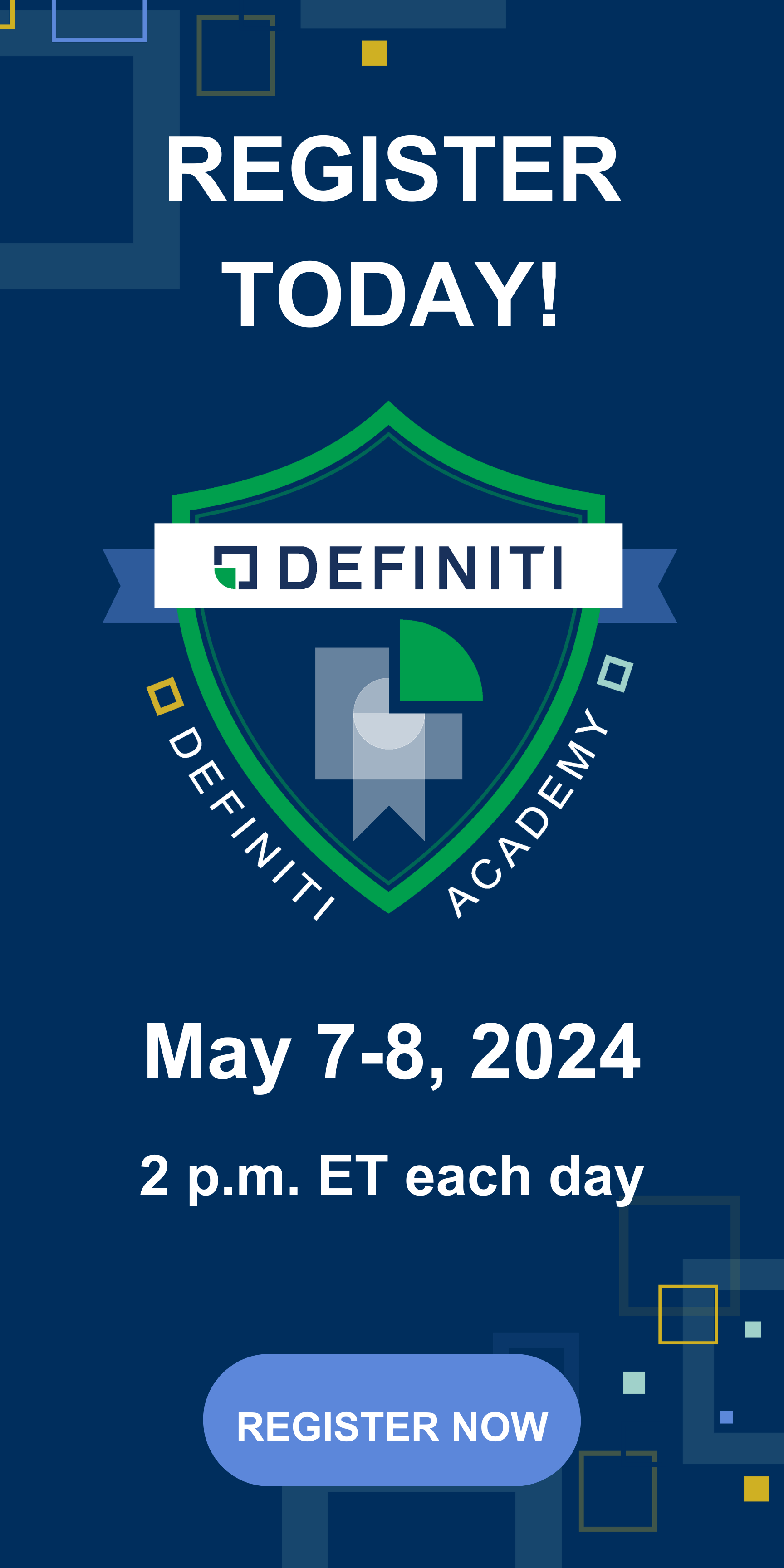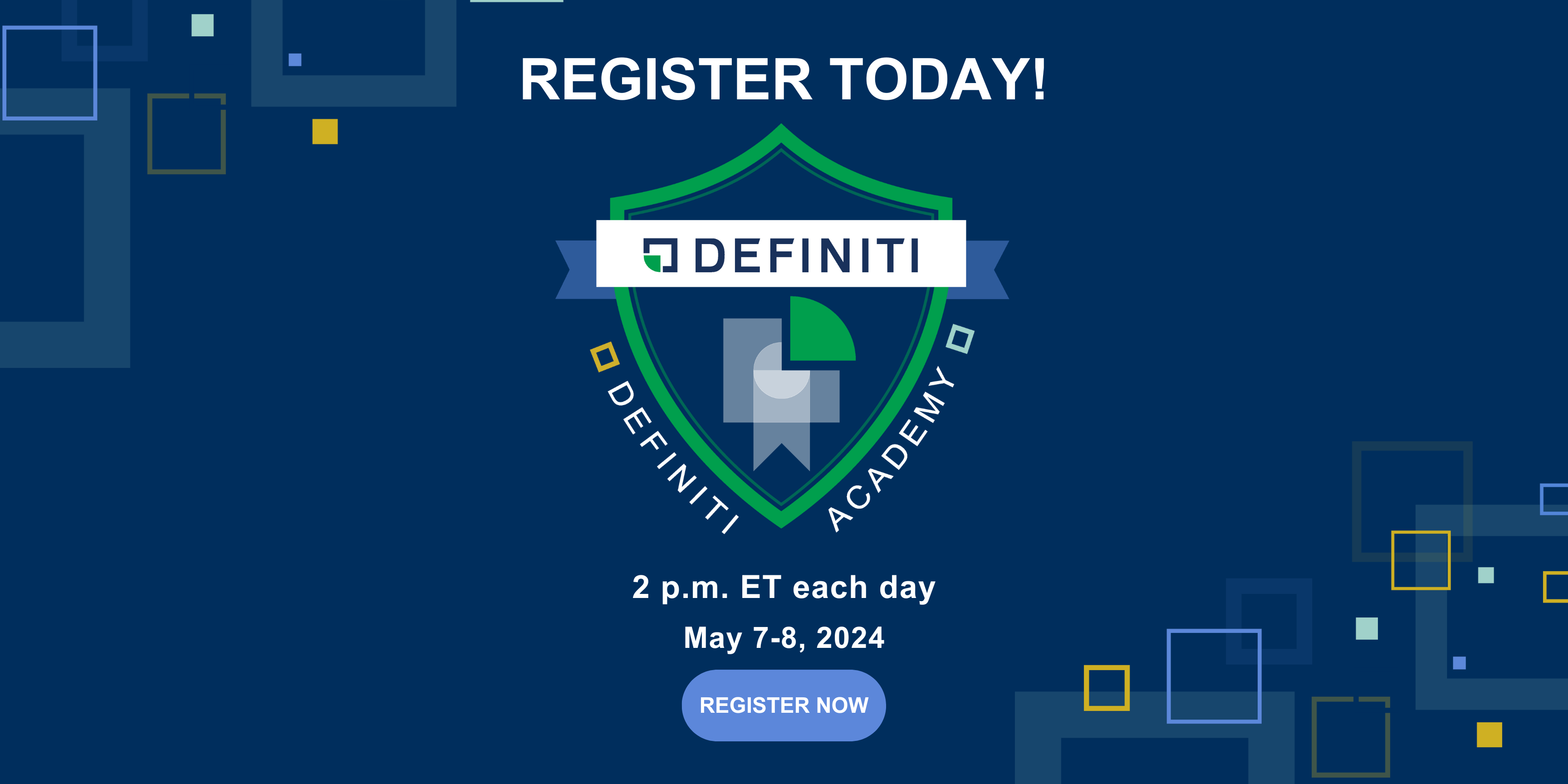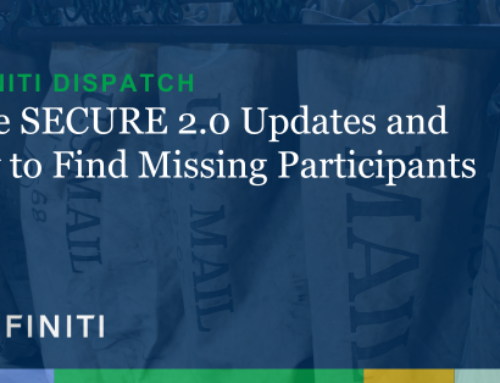VOL 14: SECURE 2.0
IRS Guidance Includes Amendment Deadline Extension and Automatic Enrollment for CODAs
The retirement industry has been anxiously awaiting guidance on the many provisions of SECURE 2.0, which became law on December 29, 2022. Even though some of the optional provisions were immediately available, guidance is needed to implement them optimally. SECURE 2.0 contains significant changes (more than 90!) to ERISA and the Internal Revenue Code.
Delayed Amendment Deadline
Nearly one year later, on December 20, 2023, the IRS issued Notice 2024-02, a series of frequently asked questions on 12 SECURE 2.0 provisions. This means there are still more than 70 provisions for which no guidance has been provided.
Given the concern over the lack of guidance and the ability to operationalize these changes, the amendment deadline for SECURE 2.0 has been extended to the last day of the 2026 plan year, meaning that plans’ interim operations must be reflected in these amendments. Union and governmental plans may have extended deadlines as well.
Mandatory Automatic Enrollment – Plan Years Beginning After December 31, 2024
One of the most significant changes in SECURE 2.0 is the requirement to include automatic enrollment for post-enactment cash or deferred arrangements (CODAs). New plans (with some statutory exceptions) signed after December 29, 2022, are required to automatically enroll participants in the plan beginning in the 2025 plan year. The guidance provided here illustrated what is intended to be included in the definition of a “new plan.” The specification of the signature date was critical since many wondered if a plan drafted and signed in October 2023 but not effective until January 1, 2024, would be affected. The answer is it will not be required to include automatic enrollment.
Automatic enrollment is a plan design in which once a participant meets the eligibility requirements and passes an entry date, they will be enrolled at the plan’s default enrollment rate. Also, this rate will be increased by 1% annually, not exceeding 10%. (This information must be provided to the participant in a required notice.) Participants may stop or reduce deferrals at any time, and, under this arrangement, plans must provide a grace period (90 days from the first withholding) for a participant to be able to notify the plan and withdraw their funds. Once 90 days have passed, the plan’s distribution restrictions apply.
Some plans will be considered grandfathered and exempt from this requirement. A grandfathered 401(k) plan is any plan that already had a CODA in place before the enactment date December 29, 2022). There is some confusion about plans coming from a multiple employer plan (MEP) or pooled employer plan (PEP). However, the IRS introduced a very fact-specific analysis: If the participating employer (and potential new plan sponsor) was part of an MEP or PEP with a deferral arrangement before the enactment date, it would be a grandfathered plan and not subject to this requirement.
What about a merger plan of two (or more) prior plans?
- If both prior plans were grandfathered, the merged plan would be grandfathered, and automatic enrollment would not be required.
- If any merging plans were not grandfathered (e.g., merging more than two plans), the resulting merged plan would not be grandfathered and mandatory automatic enrollment would be required.
If you are uncertain of these changes or any other SECURE 2.0 requirements, refer to our SECURE Act resources or contact your Definiti Retirement Plan Consultant. If Definiti isn’t one of your plan’s trusted providers today, let’s talk. Call 1-888-912-3653 or email sales@definiti.com.
—
 Betsy brings more than two decades of ERISA counsel experience to her position at Definiti. Before joining the company, Betsy held a senior ERISA counsel role at Ameritas, served as an ERISA consultant with Ohio National and, most recently, was Manager of Retirement Plan Administration with Alliant Insurance Services. She holds a JD from the University of Cincinnati College of Law and a BA from the University of Dayton
Betsy brings more than two decades of ERISA counsel experience to her position at Definiti. Before joining the company, Betsy held a senior ERISA counsel role at Ameritas, served as an ERISA consultant with Ohio National and, most recently, was Manager of Retirement Plan Administration with Alliant Insurance Services. She holds a JD from the University of Cincinnati College of Law and a BA from the University of Dayton
BETSY SCHAAF, JD APM
ERISA Counsel
This material has been prepared for informational purposes only, and is not intended to provide legal, tax, or investment advice. Any tax-related discussion contained in this material is not intended or written to be used, and cannot be used, for (i) avoiding any tax penalties, or (ii) promoting, marketing, or recommending to any other party any transaction or matter addressed herein. This material does not provide fiduciary recommendations concerning investments or investment management; it is not individualized to the needs of any specific benefit plan or retirement investor, nor is it directed to any recipient in connection with a specific investment or investment management decision. Please consult your independent legal counsel and/or professional tax advisor regarding any legal or tax issues raised in this material.




